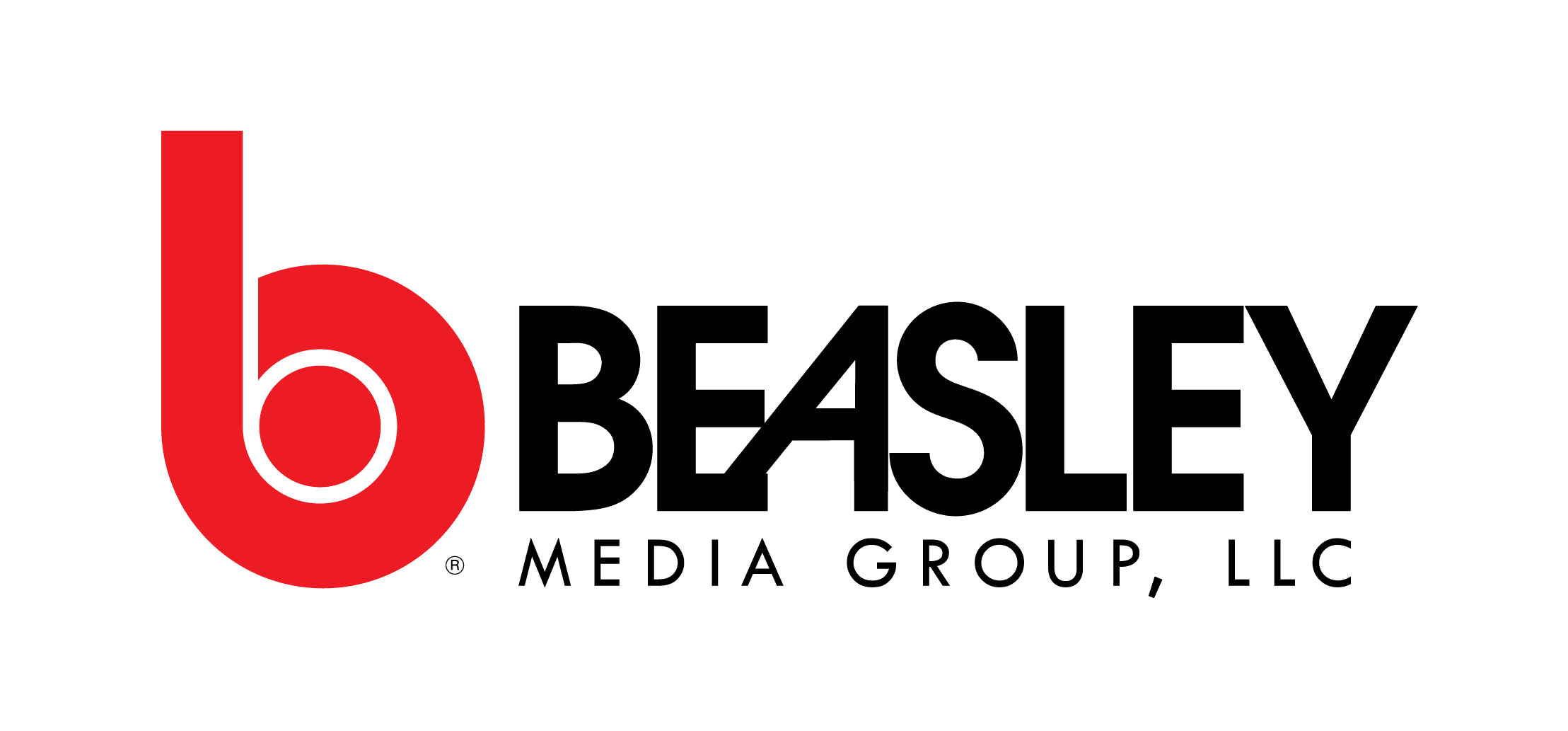(By Bob McCurdy) Radio programmers classify songs as “currents,” “re-currents,” and “oldies.” Similar classifications can be applied to research. And as we all know, the “age” of a song doesn’t determine its quality. Same with radio research.
Just because a research study is not “current” doesn’t mean that it shouldn’t be presented or discussed, particularly if it supports the findings of a “current” study. Such is the case with the research that Nielsen Catalina Solutions (NCS) has conducted regarding radio’s impact on sales.
This week, Westwood One and Pierre Bouvard continued their good work publishing the results of an NCS study, which again quantified radio’s impressive ROAS (return-on-ad-spend). For any of us to effectively communicate the results of this or any other previous NCS research, and to get maximum acceptance of its findings, it is important that we understand its methodology and be able to explain it effectively.
NCS is a joint venture between Nielsen and Catalina Marketing, which is the leading provider of loyalty card purchasing data for America’s grocery chains and provides Nielsen with the consumer purchasing data of 90 million households.
Comcast, Microsoft, Meredith, Google, Hearst, and Facebook have also worked with NCS.
NCS studies utilize single source data by matching a household’s frequent shopper card data with the Nielsen Audio data (PPM), which is then matched to Media Monitors commercial occurrence data. This enables NCS to compare the purchasing behavior of those households exposed to a commercial and those households who were not. In essence, NCS matches what households buy to what they heard or watched.
The shopper card data assigns purchases to home addresses, not an individual person. So what we know is someone in the house was exposed to the radio ads and while we don’t know who exactly did the shopping, the purchases were made, enabling one to assign a clear cause and effect.
Let’s chronologically recap some of NCS’s “greatest hits” which quantified radio’s ability to influence purchases:
The “Oldie”: In February 2013, NCS published the findings of their first radio study which focused on Dove’s Men+Care product. This study concluded that households exposed to the radio campaign had a brand share 1.3 points higher than the control group (+45%), while increasing brand share of purchase occasions +27%.
The “Re-Current”: NCS conducted a 10-brand study which included 3 soft drinks, 2 snack products, 1 beer, 1 candy, 1 breakfast bar, and 2 retailers.
The radio ROAS across all 10 brands averaged $6.21 per $1 spent on radio, with the ROAS being even higher for Hispanics and African Americans. The study also found that radio delivered a powerful sales lift when heard within several days of purchase, as consumers exposed to a radio ad within a day of purchasing increased brand share +9%. This plays to a key radio benefit — affordable “presence.”
The “Current”: This week’s Westwood One study included close to 6,000 households exposed to the AM/FM radio campaign and close to 6,000 households not exposed to the radio campaign. The results were again impressive. The parent brand experienced a +8% sales lift among male AM/FM-listening households. Eight percent is considerable in light of the intense competition within the CPG sector, where it’s the equivalent of trench warfare to increase share.
While the ROAS was $1.23 to promote the specific brand, the parent company benefitted from a considerable “halo” effect, generating an $11.96 cent ROAS for every dollar spent on AM/FM among all exposed households. Importantly, increased parent brand purchasing also came at the expense of key category competitors.
Also of note is the fact that 36% of all homes were reached by the radio campaign but accounted for 45% of total parent brand sales, so homes exposed to the radio campaign generated +25% more sales than unexposed homes — a powerful confirmation of cause and effect.
Linking the previous NCS radio studies with the current Westwood One NCS study and being able to effectively explain the methodology behind all of them, enables us to paint a more complete picture of radio’s ability to directly drive sales.
It’s a story all of us should be touting.
Bob McCurdy is The Vice President of Sales for The Beasley Media Group and can be reached at bob.mccurdy@bbgi.com
This blog was previously featured in Radio Ink.


